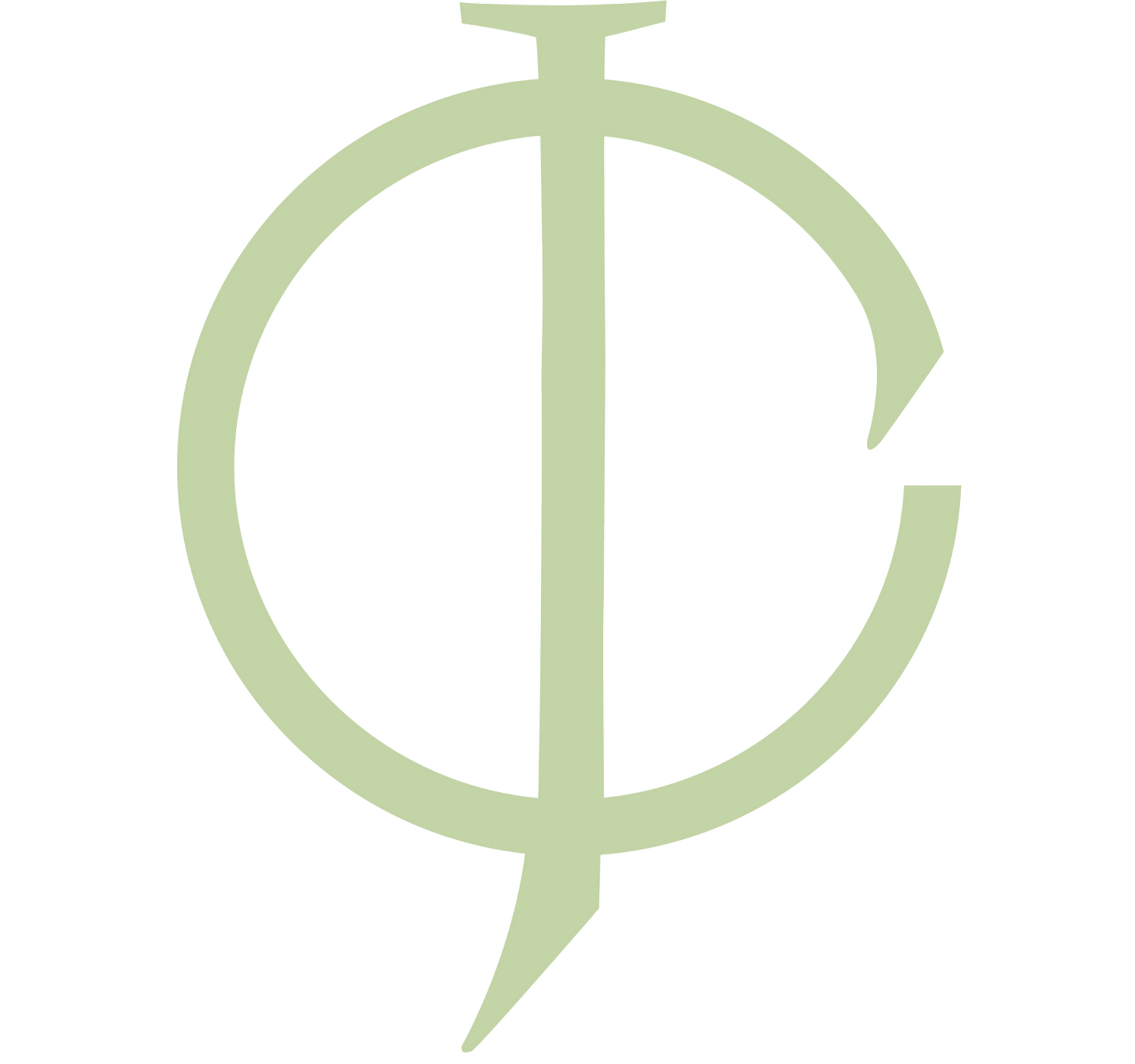How to Care for Hydrangeas
Hydrangeas are a perfectly pretty addition to any summer garden, and—if you are a hydrangea lover like me—you want to keep them beautiful for as long as possible! I always get a ton of questions regarding these quintessential southern blooms. From planting to fertilizing and deadheading, you want to know the best ways to care for them to ensure they come back year after year. So, today I want to share some of my hard-earned hydrangea knowledge with you!
First, you will want to identify exactly which type of hydrangeas you have. The four most common are: Panicle, Oakleaf, Bigleaf, and Smooth.
Panicle hydrangeas are cone-shaped. Common ones are “Limelight,” “Vanilla Strawberry,” and “Peegee.”
Oakleaf hydrangeas bloom on old wood. The most common types are “Pee Wee” and “Snowflake.”
Bigleaf hydrangeas are sometimes called French hydrangeas. The most common types are “Endless Summer” and “Nikko Blue.”
Smooth hydrangeas produce large, round flower heads, and the most common are “Annabelle” and “Incrediball.”
Hydrangea How-Tos
When is the best time to plant hydrangeas?
Fall! Planting them during early fall gives them enough time to establish a healthy root system. It is super important to maintain an adequate watering schedule with any new plantings.
What kind of soil do hydrangeas like?
Hydrangeas need well-drained soil that is plentiful in organic matter. Without good drainage, the soil can become waterlogged and potentially result in root diseases. To increase organic matter, simply mix in compost before planting!
Where should I plant my hydrangeas?
Pending the type, hydrangeas prefer a location that receives morning sun and shady afternoons. To best protect your hydrangeas, consider planting them near your home, a privacy fence, or trees that may offer a haven of shade. Have a sunny space to fill? Varieties of panicle hydrangeas are best for this spot!
How often should I fertilize my hydrangeas?
– Panicle and Oakleaf hydrangeas prefer to be fertilized in April and June.
– Bigleaf hydrangeas should be fertilized in March, May, and June.
– Smooth hydrangeas need fertilizer in late winter or early spring.
When is the best time to prune my hydrangeas?
Pruning hydrangeas can help encourage big, beautiful blooms, but it’s crucial to prune at the right time. Bigleaf and Oakleaf hydrangeas should be pruned in the summer after they flower. These types of hydrangeas bloom on old wood, which is growth from the previous year. If you prune them in late winter or early spring, you run the risk of removing their dormant flowerbuds. Panicle and Smooth hydrangeas should be pruned in late winter before they have new growth. Personally, I like to prune my limelights in February/ early Spring. Click Here to Download and print a guide for easy reference!
Should I deadhead my hydrangeas?
Deadheading hydrangeas will encourage new growth and more blooms late into the summer and early fall. They make excellent cut flowers and are a beautiful accent when dried and used in fall decor. (Check out my video below for drying hydrangeas!)
Can I control the color of my hydrangea blooms?
Not all hydrangeas are capable of changing their bloom color. Bigleaf hydrangeas have flowers that are influenced by the soil pH in which the plant is growing. At a low soil pH, hydrangeas are able to absorb aluminum, which results in gorgeous blue flowers. To lower pH, you can add sulfur, peat moss, or aluminum sulfate to the soil surrounding the hydrangea plant.
How do hydrangeas perform if planted in a heavily shaded area?
Hydrangeas will not bloom if planted in full shade. They prefer some shade in the afternoon but require sunlight for beautiful blooms!
Can I plant hydrangeas in a container?
Absolutely! They make a stunning accent for any container. I recommend using a container that is at least 18 inches in diameter to allow the hydrangea plenty of room to grow. There are also several varieties of dwarf hydrangeas such as ‘Little Lime,’ ‘Buttons and Bows,’ and ‘Mini Penny’ that are great for containers.
Quick & Easy Video Tips
The easiest way to keep your Limelights from flopping over is to prune them correctly! When you cut out the smaller branches, it enables the ones that are left to be fully supported and grow more upright.
My favorite method for drying hydrangeas is to place them in a vase filled with water and a tablespoon of bleach. I set the arrangement out to enjoy while the blooms dry natural over the next several weeks.
Bigleaf hydrangea blooms are supposed to turn “crispy” and antique in color. Now is the time to shape up this type of hydrangea. Within the next two weeks, cut Bigleaf hydrangeas at the node to encourage new blooms next year. They flower on old growth!




